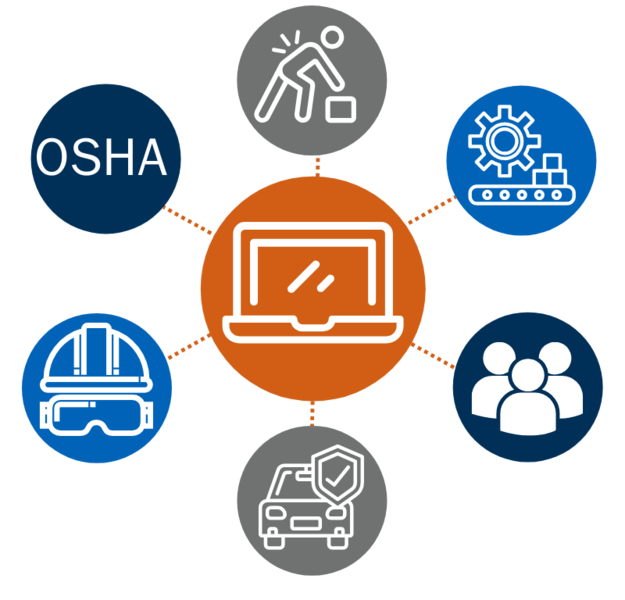Learn how to keep employees safe on the job without ever leaving the office. Register for an upcoming webinar below or view one of our many past webinars.
If you have questions about workplace safety, contact our safety services department at 844-WORKSAFE (967-5723) or safety@texasmutual.com.
Webinars will be posted online in the week following the live webinar presentation.
Upcoming webinars
Webinars are regularly scheduled, so check back here often.

